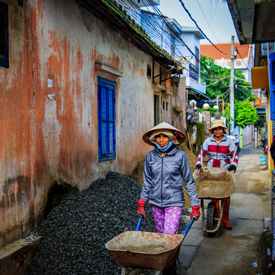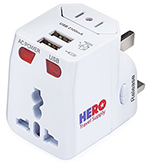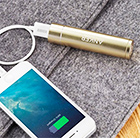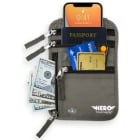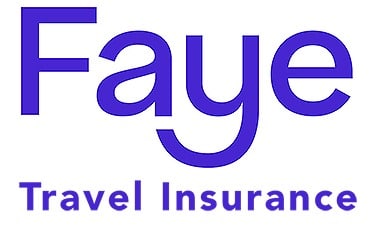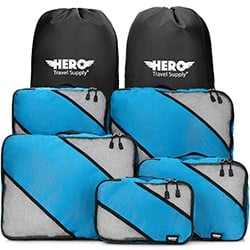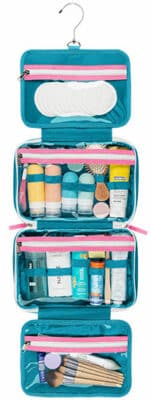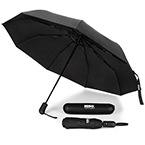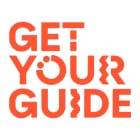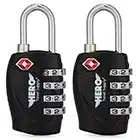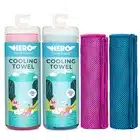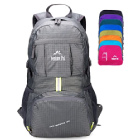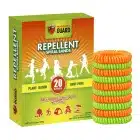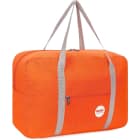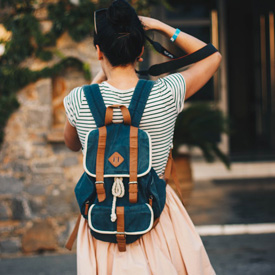Vietnam is oozing with charms and contrasts – it’s chaotic yet calming, adventurous yet meditative, exotic yet feels like home.
While we were intimidated to visit at first, it quickly became one of the most unforgettable trips we’ve ever taken! Between the sweeping landscapes of rice fields and mountains, drool-worthy food, and buzzing cities – Vietnam will awaken your senses and offer you the best of many worlds.
Packing for Southeast Asia is not intuitive, so this guide covers what to pack, what to wear in Vietnam, what NOT to bring, and important FAQs.




